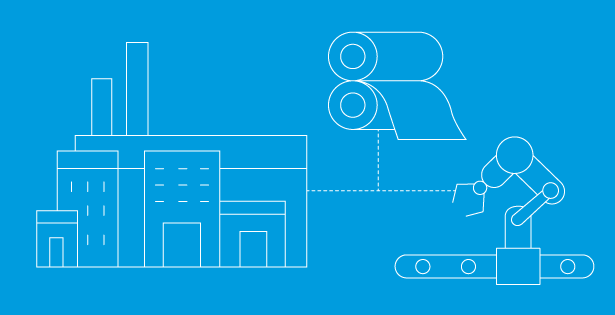Last week we discussed the idea of using a Person-Centered approach to designing your CRM system, and the benefits of using a cloud platform. As mentioned last week, a Person-Centered approach will keep your constituent at the center of the data model, allowing you to get a full picture of all of your interactions with that individual. In turn, this drives better decision-making. The benefits to using a cloud platform are myriad, but three important points to highlight are that your data is centrally stored, is accessible from anywhere, and is secure.
Today we are going to dive deeper into the Person-Centered approach to discuss how it enables multi-channel communications. First, let’s define multi-channel communications. This describes the use of several different mediums to deliver a message to your audience. In today’s world, there are a lot of forces competing for our audience’s attention. Personally I know it is rare for me to be in front of only one screen at a time. Whether I am on my phone while watching the TV, or watching the TV while checking email on my laptop, I am guilty of splitting my focus, and the same is true for your constituents. You may use this knowledge to then diversify your communications by sending them letters, texts, and emails, making phone calls, and scheduling meetings. But how do you know you aren’t oversaturating them? How do you ensure that the message you are trying to get across is the one that they are receiving? One of the quickest and most effective ways to answer this question is to change your perspective to theirs.
We have already discussed how a Person-Centered approach centers the individual in how they interact with your organization, but it also centers the individual in reviewing how you interact with them. Let’s come back to constituent Zach G. from last week. When I look at his profile, I see that he has received seven text messages, two letters and one email from our organization in the last month. After reviewing this, I may want to consider a phone call on our next outreach. Zach will appreciate the change of medium, and we’ll avoid fighting for attention in an increasingly cluttered inbox. Changing the outreach channel also makes the message feel more personalized, compared to multiple pokes from the same direction, which may make Zach more likely to engage with the outreach.
Typically, this data tends to be siloed off. The marketing director knows which emails have been sent to which marketing lists. The development coordinator knows that they sent six text message appeals in the lead-up to Giving Tuesday. By switching to a Person-Centered CRM approach and using multi-channel communications, all parties can be aware of what conversations are being held with the constituent(s) and determine the best way to continue outreach in order to keep the message fresh and the relationship fruitful, for both the constituent and for your organization.
Join us next week for the conclusion of this three-part series, where we will discuss the Member Experience Journey, Data Management and Security, and other helpful tools to be aware of.
At RSM, we have a robust Not for Profit Accelerator built on the Microsoft Dynamics CRM platform. Visit the link below for more information on MemberCast, or to set up a demo to see not only how this person-centered platform works, but how it can work for you.

 RSMUS.com
RSMUS.com



